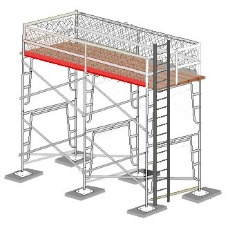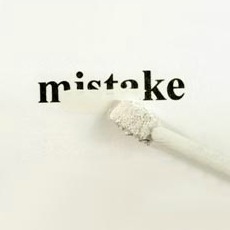
Scaffolding Student Learning: Tips for Getting Started
Many of us who teach in higher education do not have a teaching background, nor do we have experience in curriculum development. We know our content areas and are experts in our fields, but structuring learning experiences for students may or may not be our strong suit. We’ve written a syllabus (or were handed one to use) and have developed some pretty impressive assessments, projects, and papers in order to evaluate our students’ progress through the content. Sometimes we discover that students either don’t perform well on the learning experiences we’ve designed or they experience a great deal of frustration with what they consider high stakes assignments. Vygotsky’s zone of proximal development (Vygotsky, 1978) proposes that it’s important to determine the area (zone) between what a student can accomplish unaided and what that same student can accomplish with assistance.






